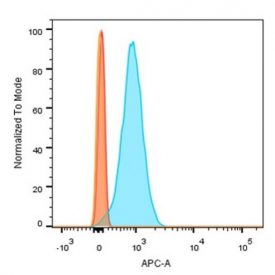CF® Dyes, Astral™ tandem dyes, and other labels
BIOTIUM CHOICE ANTIBODIES – CURATED, VALIDATED, OPTIMIZED
Be Confident in Your Results with Biotium Choice
Our line of Biotium Choice monoclonal antibodies are carefully curated and extensively validated in-house for optimal performance in flow cytometry and other applications. The antibodies are available in a selection of CF® Dyes and other probes, with new antibody clones and conjugates on the way.
Biotium Choice Antibody Features
- Widely published clones against common targets
- Developed and optimized for flow cytometry and other applications
- Available with bright CF® Dyes, Astral™ tandem dyes, and more
- New antibody clones and conjugate options on the way
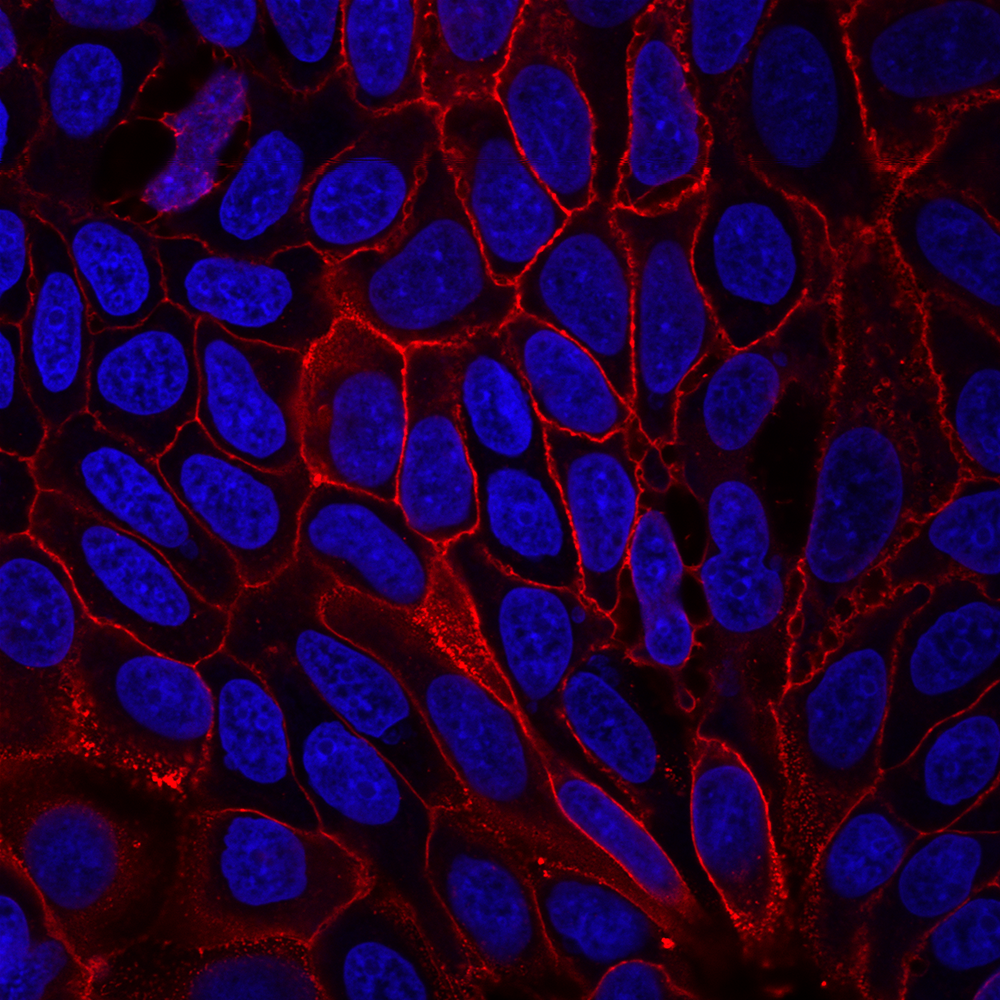
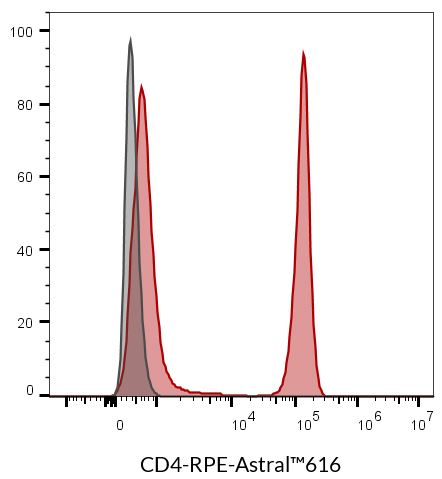
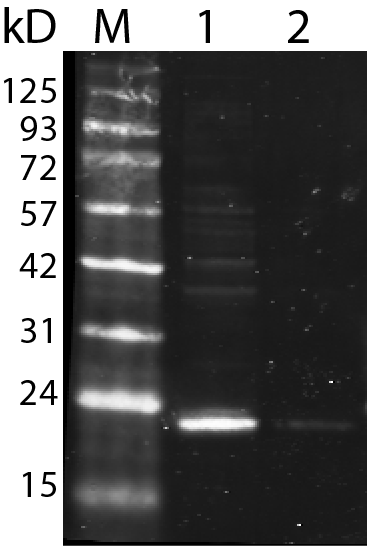
Full List of Biotium Choice Antibodies
EXPLORE OUR FULL PRIMARY ANTIBODY CATALOG
Discover Our Growing Collection of Over 2000 mAbs
- Choose from antibodies validated for IHC, IF, flow, and western blot
- Available in 6 bright and photostable CF® Dyes or biotin
- Available BSA-free, ready to use with Mix-n-Stain™ Antibody Labeling Kits
- Affordable 100 uL sizes available
Your Choice of Sizes and Formats
| Format | Concentration | Size |
|---|---|---|
| CF® Dye conjugates (6 colors) | 0.1 mg/mL | 100 uL or 500 uL |
| Biotin conjugates | 0.1 mg/mL | 100 uL or 500 uL |
| Purified, with BSA | 0.2 mg/mL | 100 uL or 500 uL |
| Purified, BSA-free (Mix-n-Stain™ Ready) | 1 mg/mL | 50 uL |
Browse our catalog or click below to use our Antibody Finder
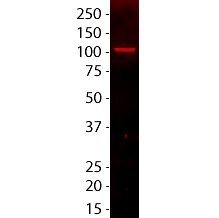
Primary Antibody Isotype Controls
| Product Page | Host species | Isotype | Clone |
|---|---|---|---|
| Mouse IgG1 Kappa | Mouse | IgG1, kappa | IGG1/1331 |
| Mouse IgG2a Kappa | Mouse | IgG2a, kappa | MG2a-53 |
| Mouse IgG2b Kappa | Mouse | IgG2b, kappa | IGG/1333 |
| Monoclonal Rabbit IgG Kappa | Rabbit | IgG, kappa | NCRBM/1520R |
BRIGHT FLUORESCENT CONJUGATES ACROSS THE SPECTRUM
CF® Dyes for Clearer Fluorescent Results
CF® Dyes are Biotium’s line of unique fluorescent probes that offer superior brightness and photostability compared to other commercially available fluorescent dyes. These performance advantages stem from unique chemical modifications aimed at optimizing biocompatibility and performance for the labeled conjugate. As a result, CF® Dyes offer exceptional signal-to-noise for a wide range of applications including western blotting, fluorescence microscopy, and flow cytometry. The dyes are available in a growing collection of 40 colors from blue to near-IR.
Exceptional Tandem Dye Performance with Astral Leap™
Astral Leap™ dyes are novel long Stokes shift tandem dyes that enable expanded multiplexing for flow cytometry, while offering exceptional signal-to-noise. Using breakthrough chemical strategies, our industry-leading chemists developed Astral Leap™ tandem dyes by optimizing both the Förster Resonance Energy Transfer (FRET) dye capabilities and conjugation to the fluorescent protein. RPE-Astral™616 and APC-Astral™813 are currently available with validated Biotium Choice primary antibodies, with more color options coming soon.
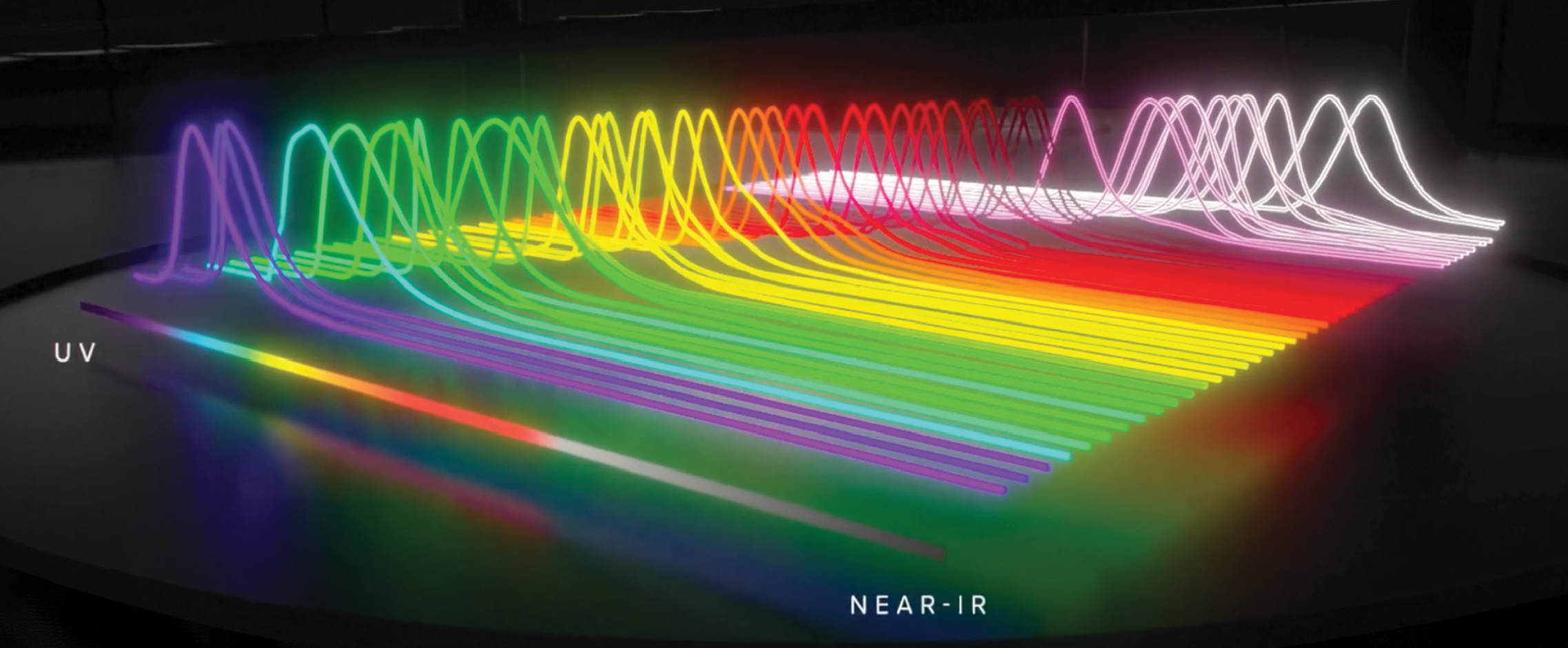
Associated products
EverBrite™ Mounting Medium
23001, - 23002View allHide
EverBrite™ Hardset Mounting Medium
23003, - 23004View allHide
Drop-n-Stain EverBrite™ Mounting Medium
23008-T, 23009-T, 23009, - 23008View allHide
CoverGrip™ Coverslip Sealant
23005, - 23005-1View allHide
TrueBlack® Lipofuscin Autofluorescence Quencher
TrueBlack® WB Blocking Buffer Kit
23013, - 23013-TView allHide
TrueBlack® IF Background Suppressor System (Permeabilizing)
23012, - 23012-TView allHide
TrueBlack® Plus Lipofuscin Autofluorescence Quencher, 40X in DMSO
23014, - 23014-TView allHide
NucSpot® Nuclear Stains
41040, 41040-T, 41033, 41033-T, 41036, 41036-T, 41037, 41037-T, 41034, 41034-T, 41035, 41035-T, 41038, 41038-T, 40083, - 40083-TView allHide



